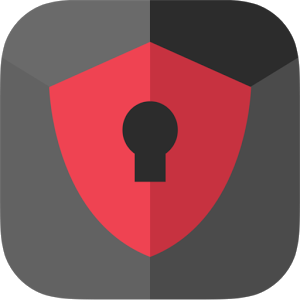After a month, after releasing MacOs, High Sierra 10.13.1 and five updates, Apple brings to you the sixth version of MacOs High Sierra 10.13.2. Besides the usual bug fixes and security plugs that all versions of Os across all companies seem to do, MacOs High Sierra also seems to solve a security issue relating to the Macs.
Any user with a valid profile can download the macOs High Sierra 10.13.2 beta version from the Apple developer center or the Software Update Mechanism from the Mac store.
Previously, Macs could be unlocked by simply putting “root” in the place of username with no password. This glitch seemed to unlock the macs making the Apple Pcs very vulnerable.
Apple said they would resolve the issue with MacOs High Sierra 10.13.1 but has been unable to do the same since the version’s release. Even with the release of the Beta version of MacOs High Sierra 10.13.2, there has still been no change.
With the release of MacOs High Sierra 10.13.2, sixth beta version, many users have confirmed that the bug seems to be fixed.
With the final user version of MacOs High Sierra 10.13.2, Apple plans on bringing peer to peer mode of payment to its users through “Apple Pay Cash”. This feature seems to come with a renewable subscription.
Besides some performance improvements and bug fixes, one of the most notable absences is the “AirPlay 2”. Apple plans on bringing AirPlay 2 to IPhones and IPads but at present only interface changes have come up so far with the beta launch of Apple MacOsHigh Sierra 10.13.2
With IOS 11.3 beta, a new display prompt was released which basically informs users when their Bluetooth or Wi Fi was deactivated in the control center. However with such a change, the Bluetooth and Wi Fi still remain active when it comes to AirDrop, Continuity and Watch connectivity. This does not seem to be the case when it comes to non- Apple devices and third party apps.
IOS 11.2 also introduced 7.5 watt wireless charging for Apple’s latest releases, the IPhone 8, IPhone 8 Plus and IPhone X.
Users are still awaiting the Watch Os 4.2 beta and Apple’s TvOs seems to be on its fifth beta run.
Where can the Beta Version of MacOs High Sierra 10.13.2 be downloaded from?
Any user with a valid profile can download the macOs High Sierra 10.13.2 beta version from the Apple developer center or the Software Update Mechanism from the Mac store.
MacOs High Sierra 10.13.2 fixes macOs vulnerability:
Previously, Macs could be unlocked by simply putting “root” in the place of username with no password. This glitch seemed to unlock the macs making the Apple Pcs very vulnerable.
Apple said they would resolve the issue with MacOs High Sierra 10.13.1 but has been unable to do the same since the version’s release. Even with the release of the Beta version of MacOs High Sierra 10.13.2, there has still been no change.
With the release of MacOs High Sierra 10.13.2, sixth beta version, many users have confirmed that the bug seems to be fixed.
Apple Pay Cash release with MacOs High Sierra 10.13.2:
With the final user version of MacOs High Sierra 10.13.2, Apple plans on bringing peer to peer mode of payment to its users through “Apple Pay Cash”. This feature seems to come with a renewable subscription.
Other Rumors surrounding Apple MacOs High Sierra 10.13.2:
Besides some performance improvements and bug fixes, one of the most notable absences is the “AirPlay 2”. Apple plans on bringing AirPlay 2 to IPhones and IPads but at present only interface changes have come up so far with the beta launch of Apple MacOsHigh Sierra 10.13.2
With IOS 11.3 beta, a new display prompt was released which basically informs users when their Bluetooth or Wi Fi was deactivated in the control center. However with such a change, the Bluetooth and Wi Fi still remain active when it comes to AirDrop, Continuity and Watch connectivity. This does not seem to be the case when it comes to non- Apple devices and third party apps.
IOS 11.2 also introduced 7.5 watt wireless charging for Apple’s latest releases, the IPhone 8, IPhone 8 Plus and IPhone X.
Users are still awaiting the Watch Os 4.2 beta and Apple’s TvOs seems to be on its fifth beta run.








